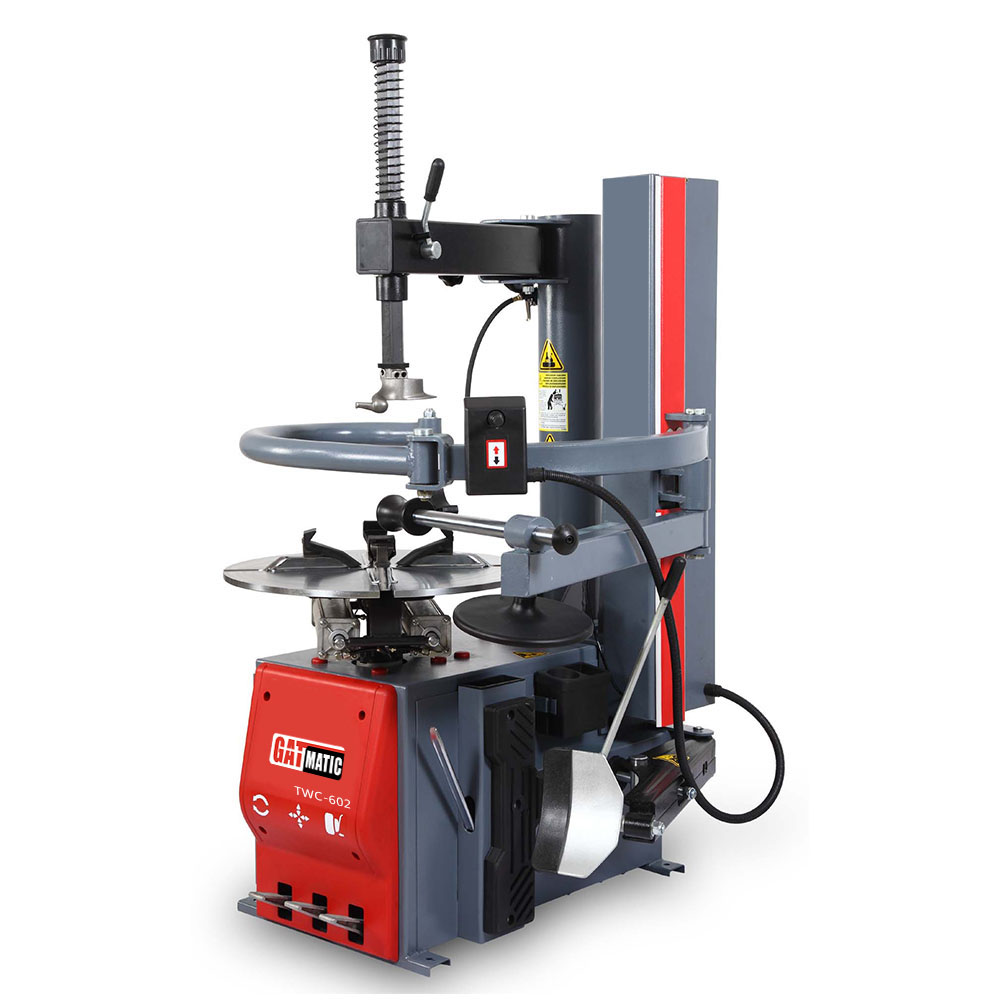Can Tire changers handle all types of tires and rims?
In the world of automotive maintenance, tire changers play a vital role in ensuring the smooth operation and safety of vehicles. However, a common question among vehicle owners is whether tire changers can handle all types of tires and rims. Let’s delve into this topic to understand the capabilities and limitations of tire changers.
I. Understanding Tire Changers
Tire changers are specialized machines designed to remove and install tires on rims quickly and efficiently. They are used extensively in automotive repair shops, garages, and tire service centers. These machines are equipped with various tools and mechanisms to facilitate the tire-changing process.
II. Types of Tires and Rims
Before discussing the capabilities of tire changers, it’s essential to recognize the diversity in tires and rims. Tires vary greatly based on their intended use, including passenger car tires, truck tires, and specialty tires for specific applications. Similarly, rims come in different sizes, materials (such as steel or alloy), and designs.
III. What Tire Changers Can Handle
Modern tire changers are engineered to accommodate a wide range of tire sizes and rim types. They are typically capable of handling standard passenger car tires and most truck tires. Additionally, tire changers can work with various rim sizes, from small diameter rims to larger ones commonly found on SUVs and trucks.
IV. Special Considerations
There are certain types of tires and rims that pose challenges for conventional tire changers. For example, low-profile tires with stiff sidewalls and performance rims with intricate designs require specialized equipment and techniques. Moreover, run-flat tires, designed to maintain mobility after a puncture, demand careful handling during installation and removal.
V. Features of Advanced Tire Changers
Advanced tire changers incorporate features like automatic operation, bead assist devices, and rim protectors to handle challenging tire and rim combinations more effectively. Automatic tire changers streamline the process and reduce manual effort, while bead assist devices assist in mounting and demounting stubborn tires.
VI. Limitations and Professional Recommendations
While tire changers are versatile, there are limits to what they can handle. Some oversized or specialized tires may require professional expertise and specialized equipment for safe removal and installation. It’s advisable to consult experienced technicians when dealing with such tires and rims.
VII. Safety Measures and Best Practices
Safety is paramount when using tire changers. Proper training and adherence to safety protocols minimize the risk of accidents during tire changing. Technicians should wear appropriate personal protective equipment and follow recommended procedures for each tire and rim type.
VIII. Benefits of Professional Services
For challenging tire and rim combinations, seeking professional tire-changing services is advisable. Experienced technicians have the expertise and equipment to handle complex tire and rim installations safely and efficiently. This approach ensures optimal performance and longevity of tires and rims.
IX. Maintenance Tips for Tires and Rims
To extend the lifespan of tires and rims, regular maintenance is essential. This includes proper tire inflation, alignment checks, and periodic inspection for damage or wear. Vehicle owners can perform basic maintenance tasks themselves or seek professional assistance for more complex issues.
X. Future Trends in Tire Changers
The automotive industry is witnessing advancements in tire-changing technology. Automated tire changers equipped with artificial intelligence and robotics are becoming more prevalent, enhancing efficiency and precision in tire-changing operations. These innovations signify a promising future for automotive maintenance.
Conclusion
In conclusion, tire changers are capable of handling a wide range of tires and rims, from standard passenger car tires to most truck tires. While they excel in handling common tire and rim combinations, specialized tires and rims may require professional attention. By leveraging advanced tire-changing equipment and adhering to safety measures, technicians can ensure safe and efficient tire installations.
FAQs
1. Can tire changers handle run-flat tires?
Yes, tire changers can handle run-flat tires, but they require careful handling due to their reinforced sidewalls.
2. Are there any tire types that tire changers struggle with?
Tire changers may face challenges with extremely large or specialized tires used in off-road vehicles or industrial machinery.
3. Can tire changers scratch or damage rims?
Modern tire changers often come with rim protectors to minimize the risk of scratching or damaging rims during tire installation.
4. Is it safe to use tire changers without professional training?
Using tire changers without proper training can be hazardous. It’s recommended to undergo training or seek professional assistance.
5. What are the benefits of automated tire changers?
Automated tire changers improve efficiency and reduce manual labor, making tire-changing operations faster and more precise.
Describe Your Needs In Detail!
We will carefully evaluate your needs and give professional solutions.



